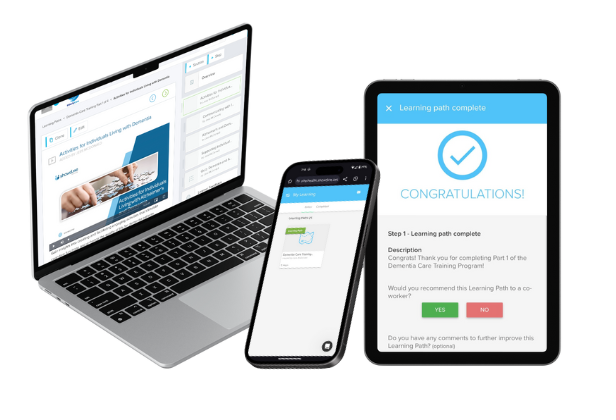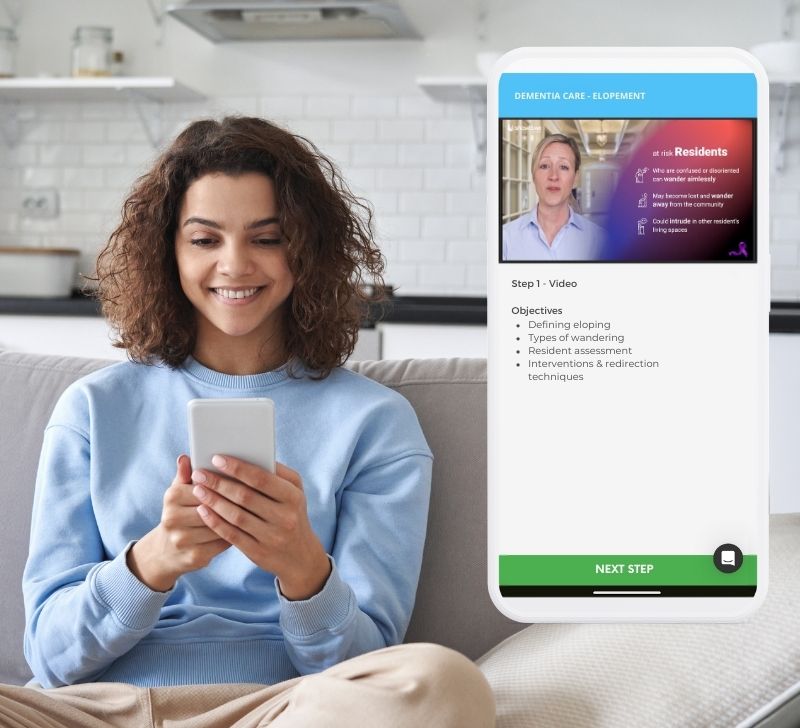Continuous Education for Healthcare Compliance: Embracing Short-Format, Accessible Learning for Better Outcomes
Post - Continuous Education for Healthcare Compliance: Embracing Short-Format, Accessible Learning for Better Outcomes
Audio: Embracing Short-Format, Accessible Learning for Better Outcomes
In the ever-evolving field of healthcare, maintaining compliance isn’t just a regulatory requirement but a critical component of patient safety and service quality. Traditional methods of compliance training often involve lengthy, infrequent training sessions that can be cumbersome and disruptive. However, a shift towards continuous education using short-format, accessible, on-demand education delivered over time is proving to be an effective and cost-efficient approach for organizations aiming to sustain compliance and foster a culture of ongoing learning.
The Challenges of Traditional Compliance Training
Traditionally, healthcare compliance training has been delivered in extensive sessions aimed at covering a vast amount of material at once. This method poses several challenges:
- Cognitive Overload: Large amounts of information delivered in a single session can overwhelm learners, leading to poor retention of important compliance procedures.
- Scheduling Conflicts: Organizing training for all employees at once can be logistically challenging and disruptive to daily operations, especially in 24/7 environments like post-acute care organizations.
- Outdated Information: With regulations frequently changing, annual or biannual training sessions may quickly become outdated, leaving staff with obsolete knowledge that could risk patient safety and compliance.
The Benefits of Short-Format, Accessible Education
Switching to a continuous education model using short, digestible modules offers multiple advantages for both healthcare organizations and their employees:
- Improved Retention: Short learning modules designed to take 10-15 minutes can significantly enhance knowledge retention by focusing on one topic at a time. This piecemeal learning approach helps in better assimilation and recall of compliance protocols.
- Flexibility: By offering modules that employees can complete on their own schedule, organizations can minimize disruptions to healthcare services. This flexibility is particularly beneficial in environments where staff work in shifts.
- Relevance and Timeliness: Continuous education allows for swift updates to training content as new regulations come into force or as operational changes occur within the organization. This ensures that all staff have access to the latest compliance standards.
Implementation Strategies
To successfully implement a continuous education program for healthcare compliance, organizations should consider the following strategies:
- Assessment Driven Learning: Use assessments to identify individual learning needs and to deliver targeted training modules that address specific gaps.
- Leveraging Technology: Utilize learning management systems (LMS) to deliver, track, and manage training activities. Mobile-friendly platforms can enhance accessibility, allowing staff to complete training modules directly from their smartphones or tablets.
- Engaging Content: Utilize content that is interactive and engaging to encourage active participation. This can include multimedia elements such as videos, scenarios, and quizzes.
As healthcare continues to advance, compliance training must evolve to keep pace with changes and challenges. By adopting a continuous education model utilizing short-format, accessible training, healthcare organizations can enhance learning outcomes, reduce costs, and maintain compliance with ease. This approach not only ensures that staff are always up-to-date with the latest regulations but also supports a culture of continuous improvement that is vital for high-quality healthcare delivery.
EFFORTLESS COMPLIANCE IS POSSIBLE
At showdme, we take a service-first approach to online training, managing your entire program from start to certificate. We deliver practical, engaging, and up-to-date training on the essential topics your employees need to boost care outcomes, alongside exceptional service that saves your organization time and ensures compliance. Click below to learn more.

Let Us Show You More
See how showdme's unique service-first approach to training helps hundreds of healthcare organizations ensure compliance. Request a demo today!


